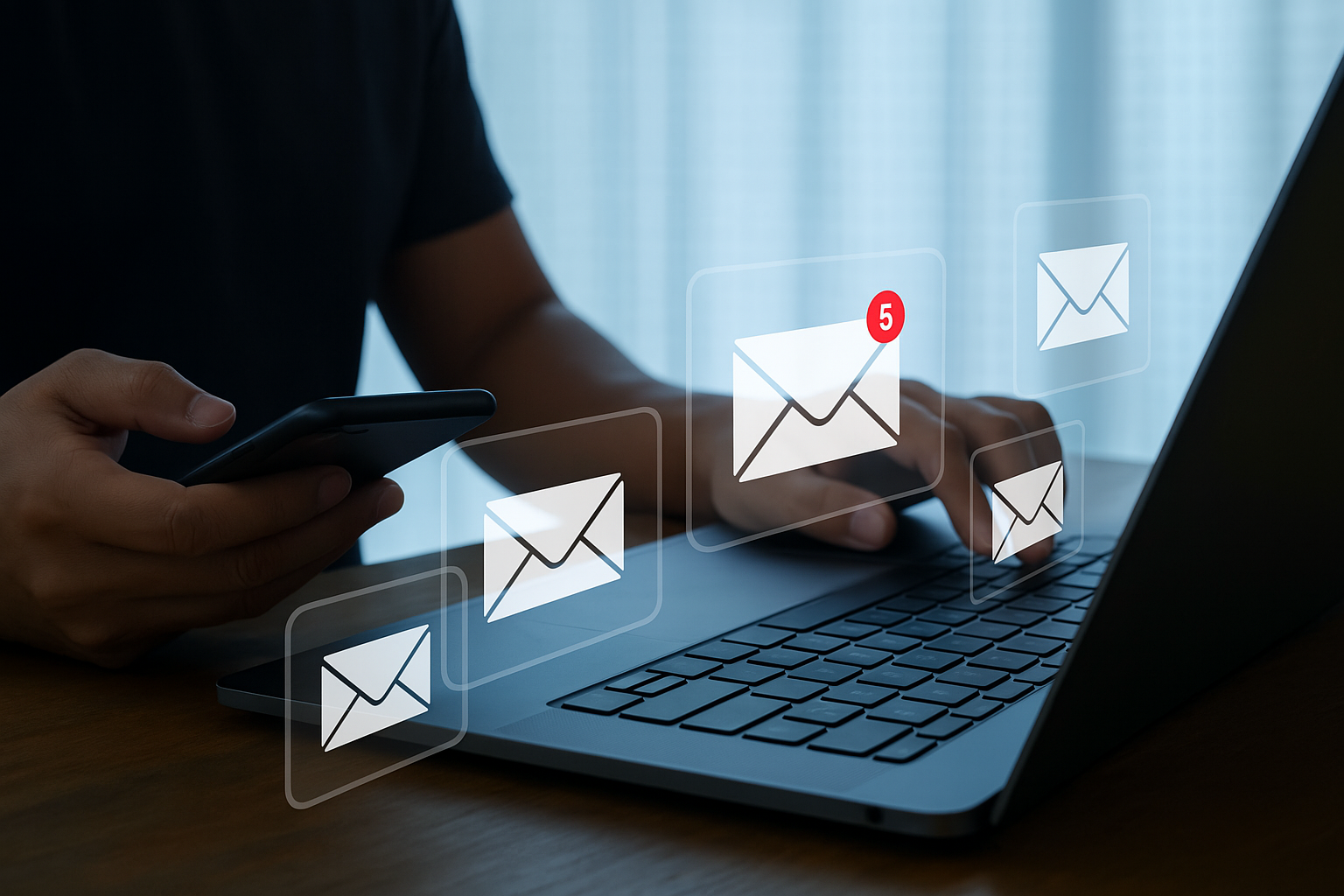Why Your Email Manners Matter More Than You Think
Let’s face it—emails should be simple. But when it comes to digital communication, the little things can trip you up fast. One awkward “Fri-yay” or “Dream team!” in the inbox and you’ve lost half the room. While most people won’t go full cringe, it’s surprisingly easy to make email mistakes without even realizing it.
Take your email greetings and sign-offs. They might seem like minor details, but they speak volumes. Choosing the right words here can set the tone, show respect, and shape how professional (or not) you come across. So if you’re wondering what’s appropriate and what’s not, we’ve got your back. Let’s break it down.
First Things First: What’s an Email Salutation?
An email salutation is the greeting at the start of your message and the way you wrap it up. Think “Dear” to open and “Kind regards” to close. Sounds simple, right? But depending on who you’re writing to, the tone you use can either make or break your message.
Salutations send a signal: how formal you are, how well you know the person, and what kind of relationship you have with them. Whether you’re emailing a boss, a new client, or your teammate across the desk, getting it right shows you know how to communicate like a pro.
Best Ways to Start an Email
Staring at a blank email? Don’t panic. These classic openers are a good starting point:
“Dear”
If you’re ever in doubt, “Dear” is your safest bet. It’s formal, respectful, and suits most business settings. Just be sure to follow it with a name—either first name for casual/formal-casual relationships (e.g. “Dear Alex”) or title and last name for something more formal (e.g. “Dear Dr. Malik”).
“Hello” (or “Hi” or “Hey”)
Looking for something a little less stiff? “Hello” or “Hi” works well for everyday emails. Reserve “Hey” for coworkers or contacts you know well. Always pair these with a name—first name only. “Hi Priya” sounds friendly. “Hi Ms. Khan”… not so much.
For group emails, try “Hi team” or “Hello everyone.” Avoid gendered terms like “Hi guys” to keep things inclusive.
Best Ways to Sign Off
Once you’ve said your piece, a good sign-off leaves a lasting impression. Here are the top choices:
“Thanks”
This one’s super versatile. If someone helped you out, or if you’re asking for a favor, a quick “Thanks” or “Thanks in advance” works well. “Many thanks” is a little warmer. It’s casual, but still fits in most professional settings.
“Take care”
Use this if you’re on friendly terms with the person. It works well for coworkers you see often or chat with informally. Just don’t overuse it—it can sound a bit soft if you’re not already close.
“Best” / “Best wishes” / “All the best”
These are polite, polished, and work across most situations—clients, colleagues, external partners. But if you’re applying for a job or messaging upper management, you might want something with a little more formality.
“Kind regards”
Solid. Reliable. Professional. It strikes the perfect balance between formal and friendly. Great for job applications, proposal emails, and formal business discussions. You can mix it up with “Best regards” or “Warm regards” if you want something slightly less stiff. Avoid just plain “Regards”—it can come off a bit cold.
Just your name (or initials)
If you’re deep into an email thread with someone you chat with daily, it’s fine to drop a quick “–Sarah” or even just “S.” But be careful—short sign-offs can feel rushed or abrupt, especially if your message has typos.
Email Greetings and Closings to Avoid
Not all email openers and sign-offs are created equal. Some are better left in the group chat. Here are a few to skip:
-
Howdy – Too casual for most workplaces.
-
Heya – Sounds childish.
-
S’up – Unless you’re emailing from 2003, don’t.
-
Greetings / Salutations – Too stiff, feels outdated.
-
Cheers – Casual and often overused; not ideal for professional emails.
-
Love – Just… no. Save it for family and friends.
-
Bye – Comes across as abrupt and final.
-
See ya – Doesn’t convey professionalism.
-
Peace – Unless you’re writing a parody, skip it.
-
Ty / Thx / Ta – If you can’t type out “Thank you,” you might be in too much of a rush to hit send.
What About Funny Email Sign-Offs?
Unless you’re writing to someone who shares your exact sense of humor, it’s best to steer clear of jokey sign-offs. Sure, “Stay classy” or “Hasta la vista” might get a chuckle—but more often than not, they just fall flat. Play it safe unless you know the reader will get the joke.
Tailor Your Tone to the Reader
The golden rule? Match your tone to the person and the situation. Ask yourself:
-
How well do I know them?
-
What kind of relationship do we have?
-
Would I say this to them face-to-face?
If you’re ever unsure, it’s better to keep it simple and professional. And hey, if you’re on the job hunt, your email etiquette is just one piece of the puzzle. Want to boost your chances? Get a free CV review from real experts who know what hiring managers look for. Because in today’s job market, every detail counts.

